Edible plants that can save your life in the wilderness
Besides the basic thing you need to survive if lost in the jungle, i.e. water, you must also find food. Being alone in a dense forest or a jungle, wandering around for days without any source of water and food can be extremely dangerous, or even life threatening.
Unless you have a guidebook on edible plants, you must figure out for yourself which ones you can eat and which might be fatal. Survival isn’t the time to try new things, so don’t experiment and stick to the plants you recognize as friendly.
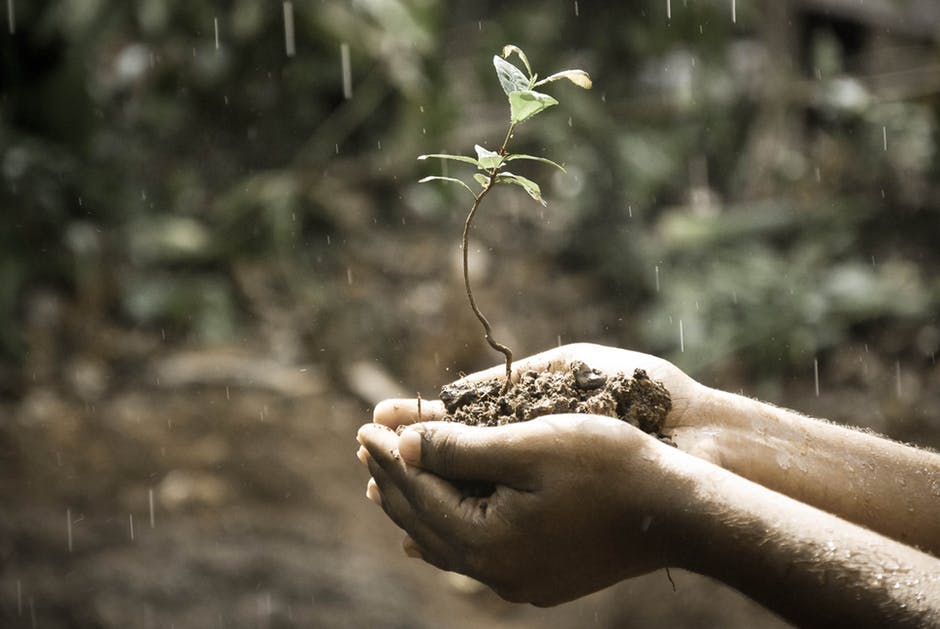
Firstly, follow these rules to avoid toxic plants because the last thing you want while lost in the wilderness is to get poisoned.
Among the most toxic things that you shouldn’t eat, no matter what, are mushrooms. Some of them are edible, but you never know. Avoid yellow and white berries, plants with thorns and the ones that taste bitter or soapy.
Stay away from plants with umbrella-shaped flowers, shiny leaves, plants with leaves in groups of three, and anything with an almond smell. Knowing this, you can make better judgments on what to add to your jungle menu.

Here are some of the most common edible plants that you can recognize easily and will give you enough water and nutrients to survive in extreme conditions. Be careful before trying anything in the jungle, try not to get lost, but if it happens here’s what you can eat.
Amaranth is a North America native plant that can be eaten raw. All its parts are edible, except the thorns. You can remove them and if possible boil the plant, if not, just eat it as it is.
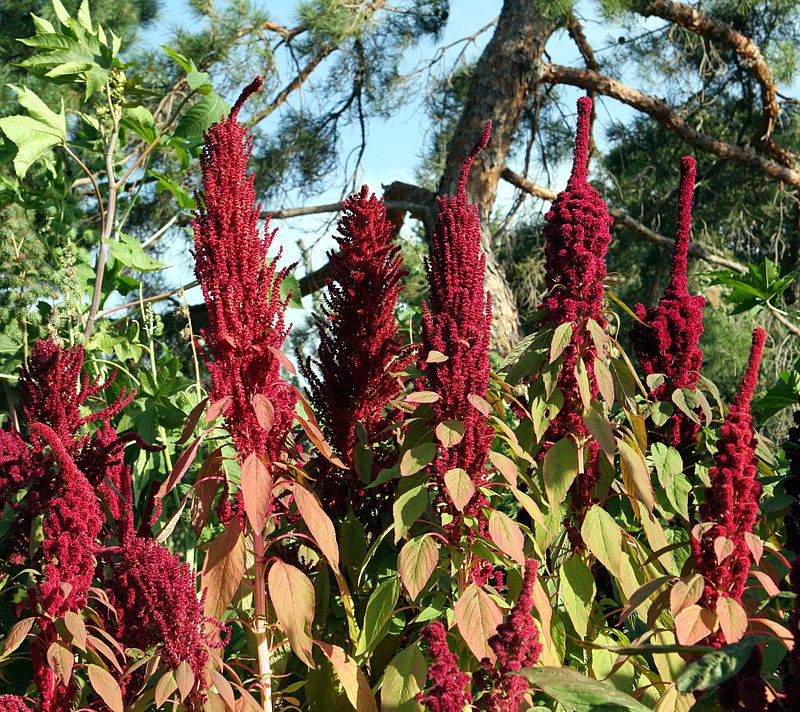
Asparagus grows wild in the northeastern part of the United States and is much thinner than the one we see at the supermarket. Bend it and break just the part of the plant you need. You can eat it raw or boiled.

Bamboo shoots can save the day because they are full of nutrients good for your body. Find the ones not taller than one foot, peel them, boil them and eat your jungle dinner.

Chicory is a bush with blue or white flowers. All its parts are edible fresh or raw. If roasted, the Chicory’s root can be a good replacement for coffee.
Clover can be found very easy all over the country. It’s easy to identify because of its three leaves and can be eaten raw and cooked.
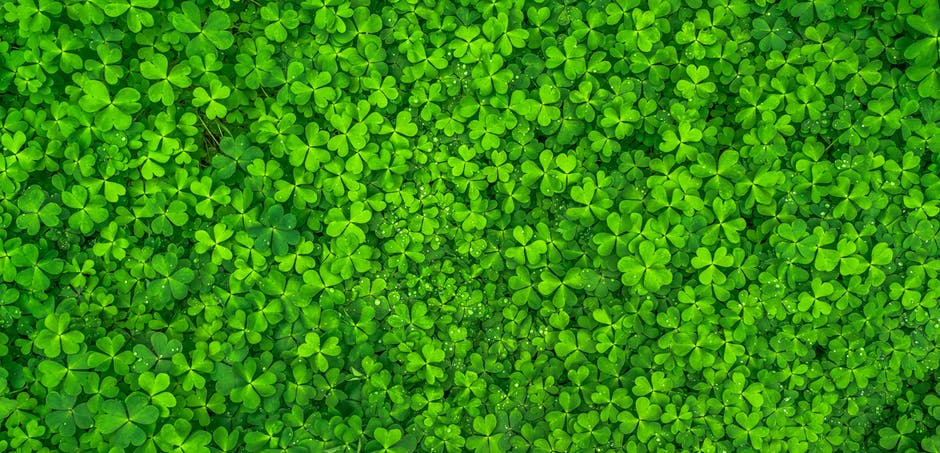
Dandelion is a magical plant that cures everything and it’s full of useful nutrients for your body. The leaves and the flowers can be eaten raw and the roots cooked.

Lamb’s quarters is a relative of wild spinach and its diamond-shaped leaves are rich in proteins, iron, and vitamin B2.
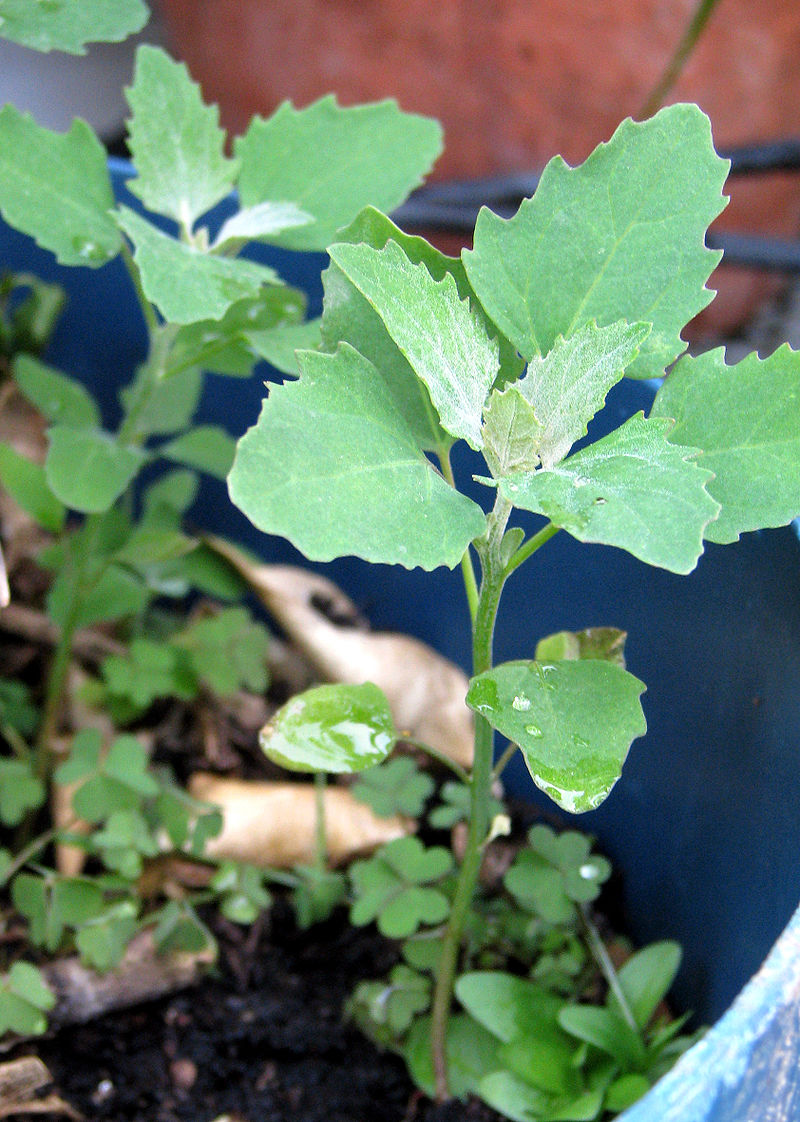
Prickly Pear Cactus is not only edible, but also very good for health. You can eat young leaves that have small thorns and peel the thorns from the older leaves. You can cook it or fry it with tomatoes and spices.
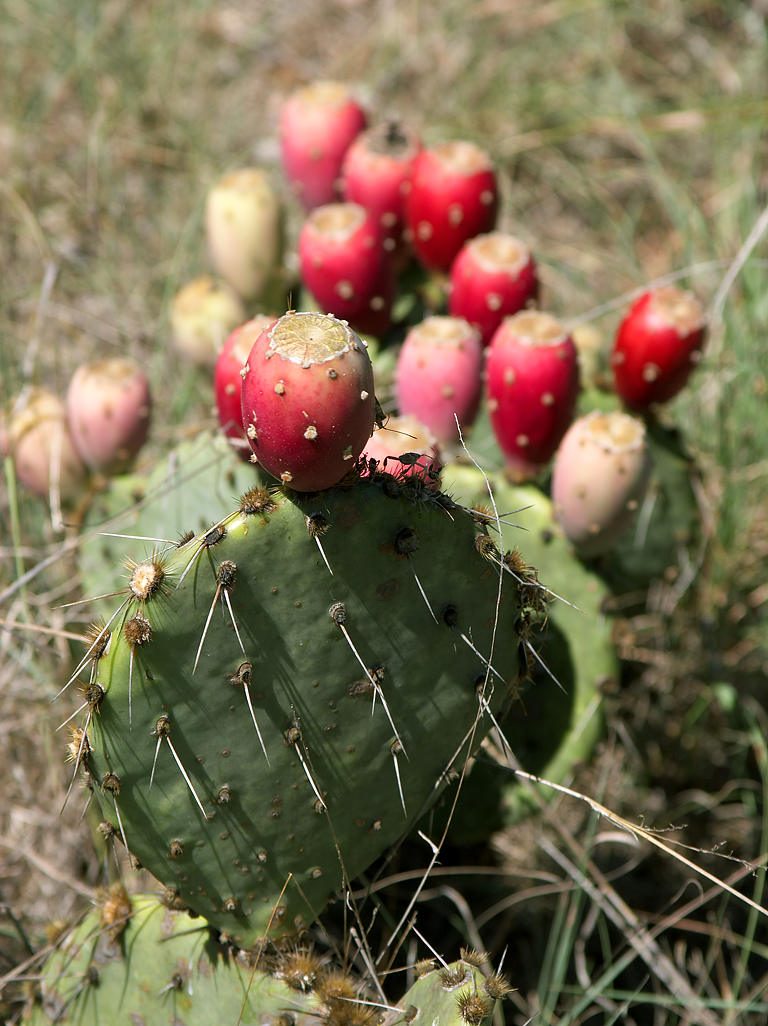
The art of survival is not an easy thing, but far from impossible if you know what you’re doing. Learning more about edible plants can not only save your life but can also help you improve your health.
The closer we get to nature, better quality of life we have. Understanding and respecting the wilderness we can always find a way to survive if we follow the signs of nature and we invest in learning and practicing our skills.
If you have any comments then please drop us a message on our Outdoor Revival Facebook page
If you have a good story to tell or blog let us know about it on our FB page, we’re also happy for article or review submissions, we’d love to hear from you.
We live in a beautiful world, get out there and enjoy it.
Outdoor Revival – Reconnecting us all with the Outdoors





